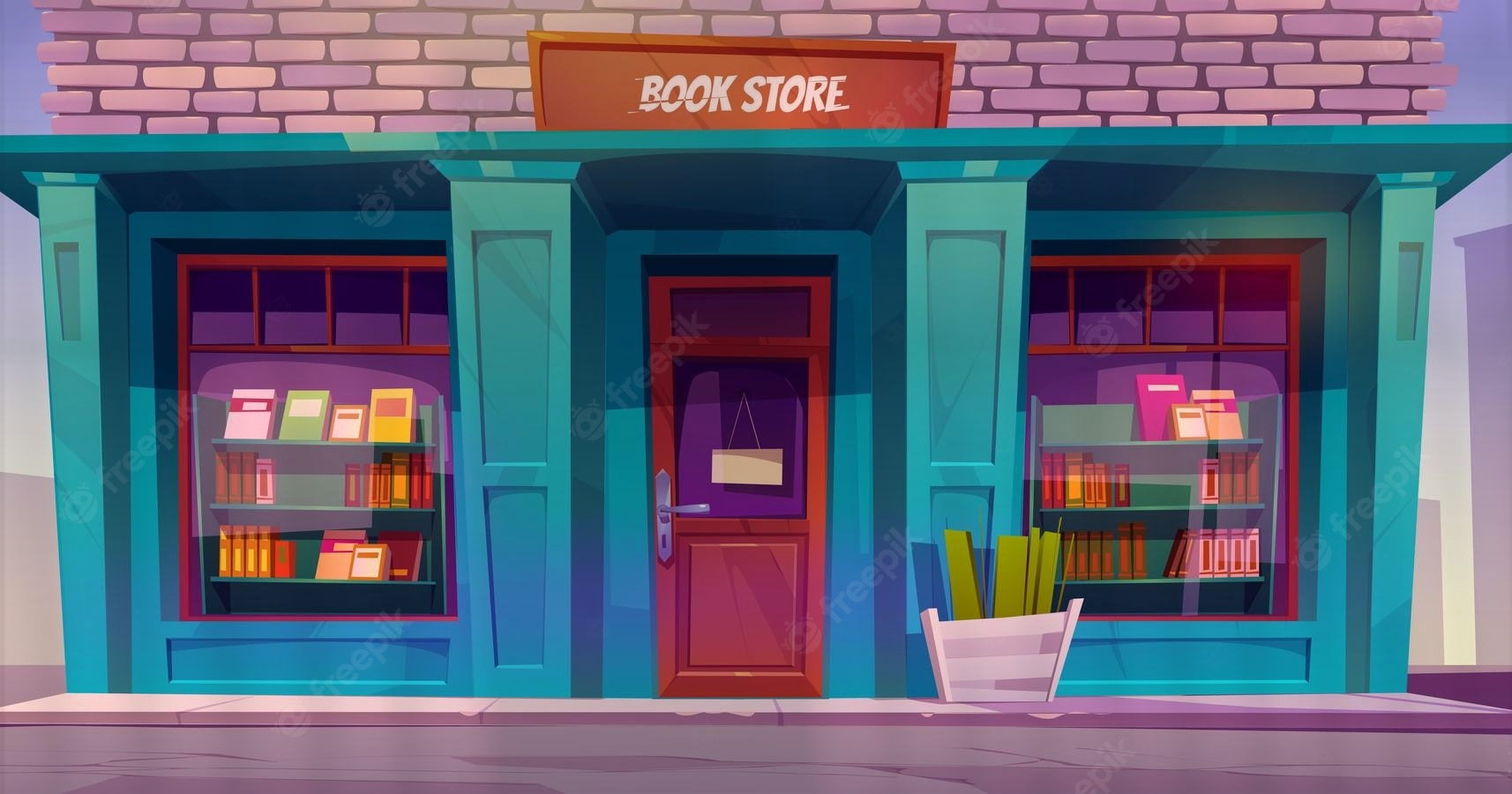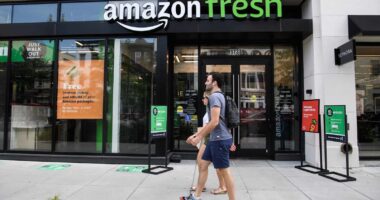In a significant move bridging traditional finance (TradFi) and digital assets, Ripple has announced that its stablecoin, Ripple USD (RLUSD), is now integrated as a key liquidity tool on Securitize’s platform. This integration provides a crucial off-ramp for investors in two of the most prominent tokenized funds: BlackRock’s USD Institutional Digital Liquidity Fund (BUIDL) and VanEck’s VanEck Treasury Fund (VBILL).
The core of this integration is a new smart contract that allows institutional investors to instantly redeem their shares in these tokenized money market funds for RLUSD. This functionality addresses a critical need in the burgeoning tokenized asset space: providing immediate, on-chain liquidity without the friction of exiting back to traditional banking systems.
Unlocking Liquidity for Tokenized Real-World Assets (RWAs)
Tokenization, the process of representing ownership of real-world assets like bonds or funds on a blockchain, has been a major narrative in 2024. However, a key challenge has been creating seamless secondary markets. As reported by CoinDesk, liquidity has often been a hurdle for widespread adoption.
This is where Ripple’s RLUSD steps in. By acting as a trusted, dollar-pegged settlement asset, it enables what Securitize CEO Carlos Domingo called “automating liquidity for tokenized assets.” Instead of waiting for a traditional settlement cycle, a BUIDL or VBILL holder can now execute a near-instant swap for a stable digital dollar, which can then be used for other investments or held as a stable position.
RLUSD: The Institutional-Grade Stablecoin Finding Its Niche
Launched in late 2024 on both the XRP Ledger (XRPL) and Ethereum, RLUSD entered a market dominated by giants like Tether’s USDT and Circle’s USDC. While its market cap of around $740 million is modest in comparison, Ripple has strategically positioned RLUSD for institutional use cases from the start.
Jack McDonald, Ripple’s SVP of Stablecoins, emphasized this, stating the integration is a “natural next step as we continue to bridge traditional finance and crypto.” The stablecoin’s regulatory standing is a core part of its appeal; it is issued under a rigorous New York Department of Financial Services (NYDFS) Trust Company Charter. This provides the “regulatory clarity” that institutions like BlackRock and VanEck require, a topic frequently analyzed by sources like The Block.
A Broader Trend: The Rise of the Tokenization Ecosystem
This integration is not an isolated event but part of a larger, accelerating trend. The total value of tokenized real-world assets (RWAs) on Securitize’s platform has now surpassed $4 billion, signaling strong institutional demand.
Furthermore, RLUSD is gaining approval beyond the U.S.:
-
In Dubai, the DFSA approved its use in a major real estate tokenization initiative.
-
In Singapore, DBS Bank partnered with Franklin Templeton and Ripple to explore trading and lending solutions using tokenized funds and RLUSD, highlighting global financial institutions’ growing interest.
The Bottom Line: A Significant Endorsement
The integration of RLUSD as a liquidity mechanism for BlackRock and VanEck’s funds is a powerful endorsement of Ripple’s stablecoin strategy. It moves RLUSD beyond a simple medium of exchange and positions it as critical infrastructure for the next generation of capital markets. For the XRP Ledger, this serves as a major utility driver, anchoring high-value institutional activity to its network.
While the race for stablecoin dominance is far from over, Ripple has successfully carved out a high-profile, institutional niche that could define RLUSD’s role in the evolving landscape of tokenized finance.










